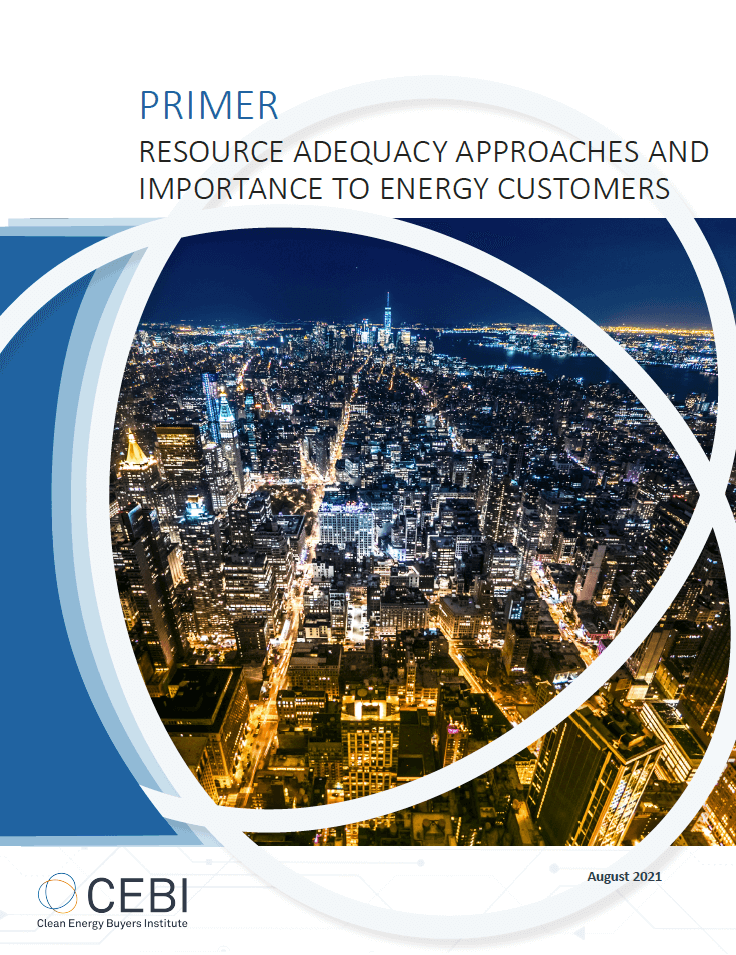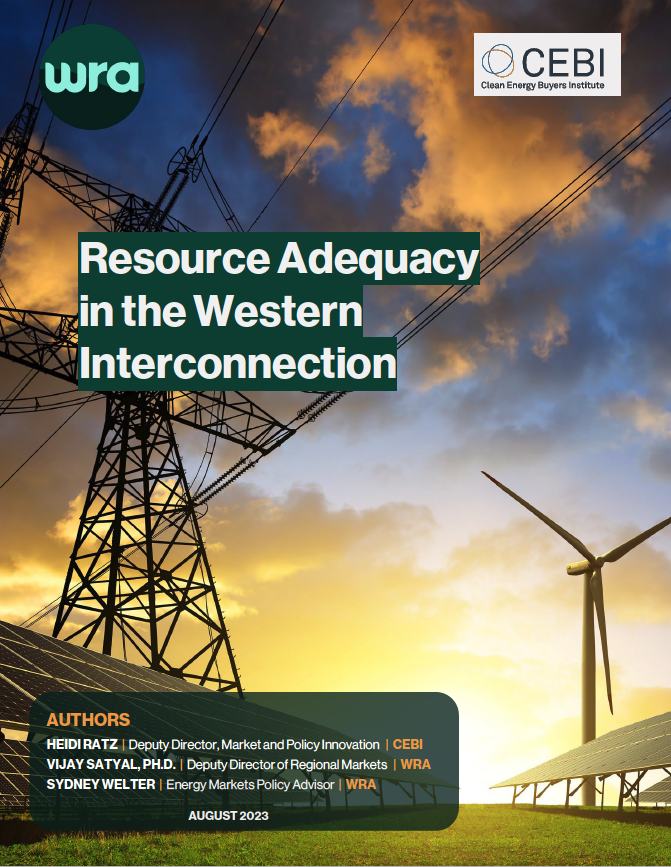Utility Regulation and Resource Procurement
Vertically integrated utilities that are not required to engage in competitive markets for generation resources tend to inefficiently over-capitalize projects because of a guaranteed rate-of-return on capital investments, passing capital risks to the customer. As the energy industry evolves, stakeholders are examining practices that could remove incentives to overbuild or increase competition for generation projects. For example, public utility commissions could employ performance-based regulation practices that would incentivize value to customers. Requiring utilities to make use of competitive solicitations for resources or use all-source Integrated Resource Planning (IRP) processes could result in lower cost, clean portfolios.
Finally, a well-functioning energy procurement structure is critical to achieve the massive amount of generation investment needed to reach a decarbonized grid. One report finds the U.S. will need 1,100 GW of new renewables and energy storage by 2035 to achieve 90% clean electricity, equivalent to 70 GW per year. Energy procurement structures, on a voluntary or mandatory basis, should facilitate long-term contracting, resource adequacy, and lower financing costs. Resource adequacy planning practices, for example, are evolving to better meet future needs with the establishment of improved planning targets and metrics. In areas where new organized wholesale markets are being developed, the roles of different industry participants may evolve as well. CEBI is looking to solutions that encourage utilities and states to integrate competitive practices and forward-thinking procurement into the electricity sector.
Resources

Resource Adequacy General Approaches and Importance to Energy Buyers Primer
This Primer is the first edition of a series on resource adequacy and aims to educate energy customers on what resource adequacy is and how it impacts electric reliability, clean energy integration, and cost efficiency.

Primer: Evolving Resource Adequacy Approaches Across the United States
Climate goals, extreme weather, and changing resource mix are key factors driving the evolution of resource adequacy planning. This primer provides provides insight into how resource adequacy planning works and impacts energy customers’ goals of ensuring electricity reliability, minimizing energy costs, and procuring more clean energy.

Resource Adequacy in the Western Interconnection
This paper introduces the various roles and frameworks for resource adequacy assessment and planning currently used in the Western Interconnection. Understanding the degree of authority different Western entities have related to resource planning, as well as their goals and approaches, is critical to understanding proposed changes to resource adequacy constructs and the future of the rapidly changing Western electric grid.
PAST Events
An Introduction to Resource Adequacy: What it is and Why it Matters to Energy Customers
November, 2 2022
Learn more about the CEBI Resource Adequacy Primer, why it is important to energy customers, and general approaches to resource adequacy planning. Speakers will also explore the implications resource adequacy planning has on customer costs and the transition to a zero-carbon electric grid.
Resource Library
In support of its mission to solve the toughest market and policy barriers to achieve a carbon-free energy system, the Clean Energy Buyers Institute (CEBI) has created a clearinghouse of resources for organizations interested in the advancement of clean energy.
